Andrea Simonetti for PharmaContinuum https://www.linkedin.com/in/andreasimonetti?lipi=urn%3Ali%3Apage%3Ad_flagship3_profile_view_base_contact_details%3BlQ0%2BzEHHQTCuUsVF7swuDA%3D%3D
Receiving a 483 or even more so a warning letter is a serious matter that requires immediate attention and proactive actions. By responding promptly and thoroughly, drug manufacturing companies may avoid further enforcement actions and protect their business.
WHAT IS AN FDA 483 OBSERVATION?
The FDA’s Form 483 is officially called a “Notice of Inspectional Observations,” and it is commonly referred to simply as a “483.” The 483 is presented and discussed with the company’s senior management at the end of an on-site inspection, if the FDA field investigators have observed any deficiencies in the company quality system and / or conditions that in their judgment may constitute violations of the Food Drug and Cosmetic (FD&C) Act and related Acts.
The 483 is an essential document that serves as a roadmap for improvement and typically it includes specific and detailed observations providing clear insights into the FDA’s objections. A timely response to Form 483 is essential; within 15 business days, the company should provide a detailed response outlining corrective and preventive actions for each observation.
RESPONDING TO AN FDA 483
Crafting a compelling revealing response to 483, within the specified time frame is required; proactive measures and a commitment to compliance must be demonstrated, towards mitigating regulatory risks and upholding quality standards.
The response should include a root cause analysis and specific corrective and preventive actions and it should provide documentation or evidence to support the actions taken. This could include revised SOPs, training records, maintenance evidence records or other relevant documents. Respondents should ensure that comeback is well-structured, in a clear format for easy navigation, including a summary of actions, detailed descriptions and data as relevant to each observation, appendices for supporting documentation.
The response should include a statement in which company auditors, along with the relevant management and colleagues, have been informed about the observations related to the 483, as well as the necessary corrections and actions taken. In the event that the company is part of a multi-site manufacturing organization, ensure that objective evidence regarding the nonconformity and, at the end of the process, that the response provided to FDA has been communicated effectively to sister facilities where applicable.
 In the end notes of the response, express gratitude to the FDA for the comprehensive inspection and for the professionalism demonstrated by the investigator(s). Always appreciate the valuable non-conformities identified, which will contribute to enhancing the company quality management system. Finally, demonstrate openness versus further information that would be required and for ongoing communication as needed.
In the end notes of the response, express gratitude to the FDA for the comprehensive inspection and for the professionalism demonstrated by the investigator(s). Always appreciate the valuable non-conformities identified, which will contribute to enhancing the company quality management system. Finally, demonstrate openness versus further information that would be required and for ongoing communication as needed.
Usually, FDA investigators provide instructions to submit the response electronically; anyhow the company is recommended to provide both a soft-copy and a hard copy via certified mail, thus receiving acknowledgment that the response has been received.
EXPECTACTIONS OF FDA REVIEWERS
The FDA reviewers of the 483’s response seek to clarify the safety and effectiveness of drug products that received 483 observations but continue to be available in the market. It’s crucial to assess whether
the concerns raised in the 483 observations could potentially affect the GMP requirements of these products.
Therefore, the company should, as much as feasible, evaluate the integrity of the impacted products that are, respectively, still available on the market and/or part of batches in previously submitted applications and/or utilized in validation activities. Objective proof that the products are sufficiently safe and effective to continue being in the market is to be presented; conversely, the company must take voluntary measures (such as field corrections, product withdrawals, or recalls) if the related products do not meet these standards. The FDA will refrain from seizing the reference products if the company has proactively implemented actions to safeguard public health.
REVIEW PROCESS AT FDA
Upon receiving the company’s response, the FDA reviews the corrective actions outlined to determine their adequacy and compliance with regulatory standards. This review process is thorough, ensuring that the actions taken are suitable to prevent the recurrence of the noted deficiencies.
At this stage, the company should maintain open lines of communication with the FDA throughout the post-inspection process; indeed, any additional information requested should be provided promptly to facilitate the review process.
After conducting a reinspection, the FDA will take final action based on the company’s response and it’s beneficial for companies to document all interactions with the FDA during the post-inspection inspection process. This documentation can serve as a reference for future inspections and as evidence of the proactive approach used to address the identified issues. If ignored, however, unresolved compliance issues may escalate, leading to the issuance of a warning letter by the FDA.
WHAT IS A WARNING LETTER
A warning letter signifies serious compliance concerns and requires prompt response and corrective action to prevent further regulatory action. The distinction between a 483 and a warning letter lies in severity and implications. While Form 483 signals potential regulatory violations observed during inspections, it does not represent a final determination but demands urgent attention, contrariwise, a warning letter denotes a more severe escalation, indicating unacceptable quality and compliance issues. Warning letters outline specific violations and enforcement actions, providing clear guidance for compliance efforts.
LET THE FDA KNOW
If a company disagrees with the allegations, the company response should include respectful objections and a request to discuss the matter further.
In case the issues require more than 15 days to be fixed, the company should provide the FDA with a detailed timeline of the actions to be carried out and follow through on all the deadlines that have been set. Since the FDA will be monitoring the company’s progress closely it is recommended to meet with FDA reviewers to discuss the corrective actions plan; it is generally found that the FDA appreciates this approach and they will be working with the company to ensure that the proposed plan is adequate, and once they are satisfied, they will be informing the company of the date for a follow-up inspection and closeout meeting.
POTENTIAL EFFECTS
Ignoring or inadequately responding to warning letters may lead to severe consequences; also, if the FDA finds that the company has failed to correct the violations outlined in the set warning letter, it may issue a recall of the drug products and moreover a medical safety alert or even shut down the facility.
All the steps described above are generally applicable whether responding to 483 observations or warning letter observations no matter the distinction.
CONCLUSION
Receiving a 483 or even more so a warning letter is a serious matter that requires immediate attention and proactive actions. By responding promptly and thoroughly, drug manufacturing companies may avoid further enforcement actions and protect their business.
A comprehensive GMP training program for employees serves as the foundation for a compliant pharmaceutical quality system and manufacturing process; as the lack of GMP knowledge may lead to violations the recommendation is both to establish a robust and comprehensive training program and to plan mock inspections with third-party industry and regulatory experts before having the authority come (or come back) back on-site.


